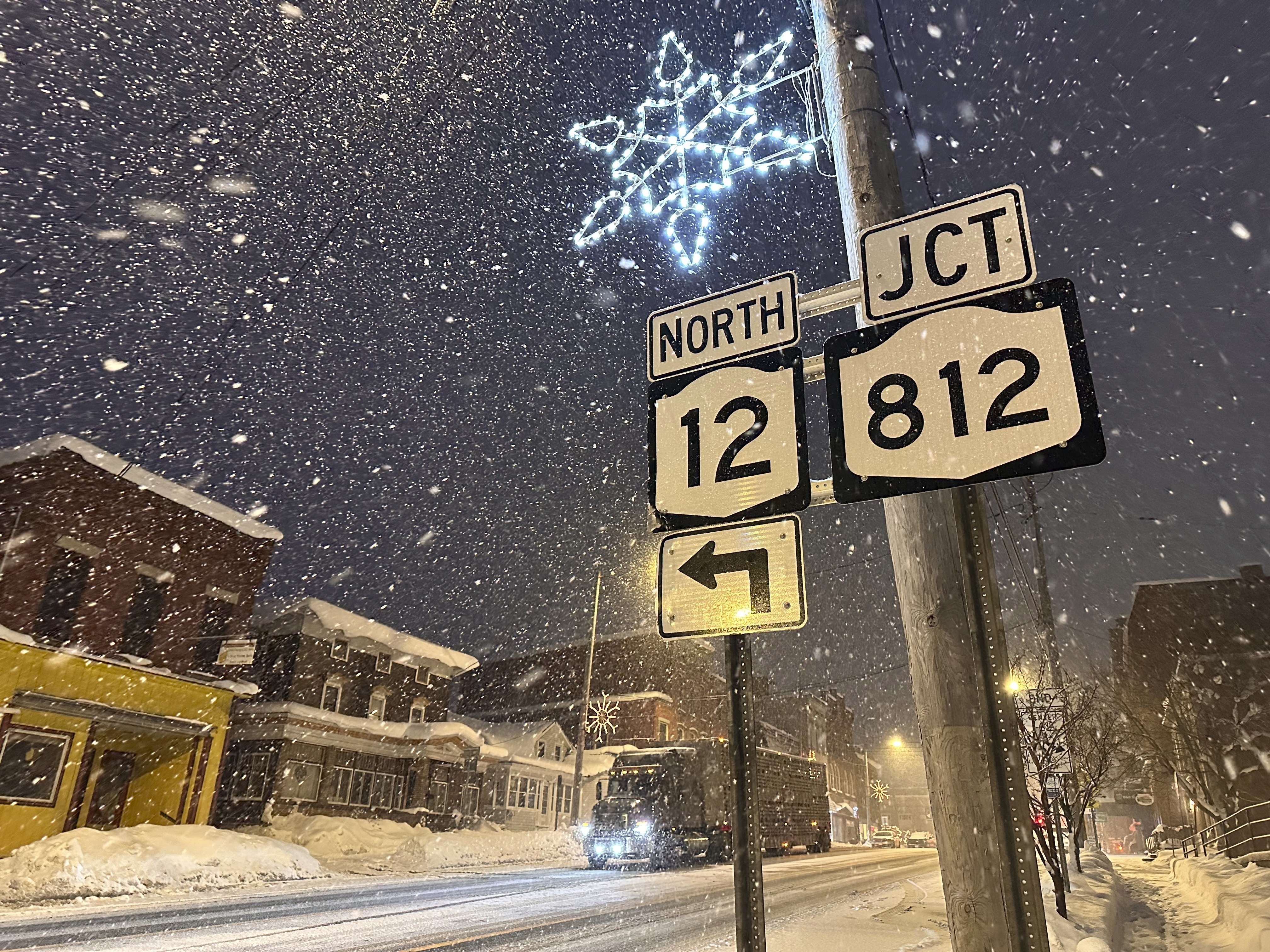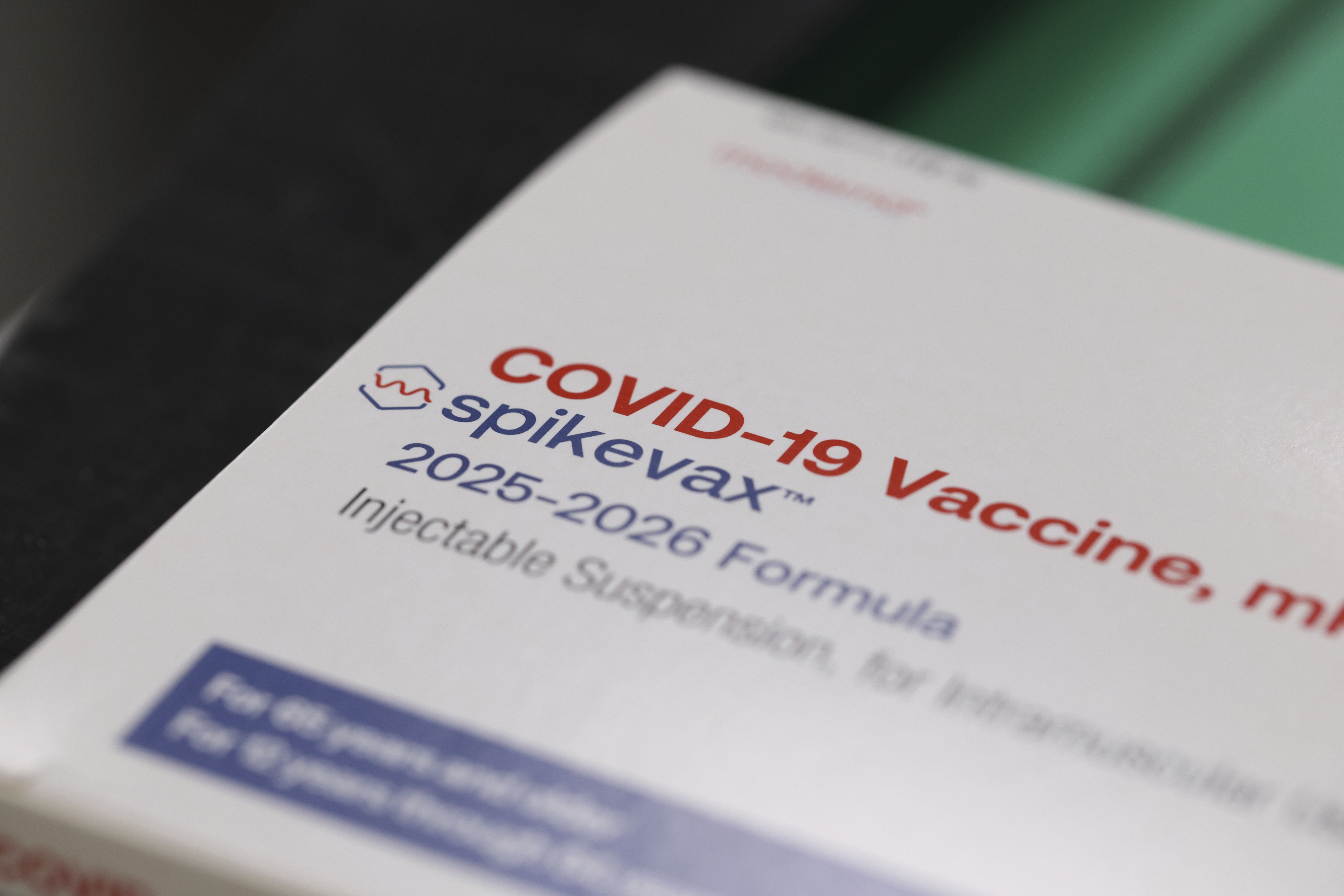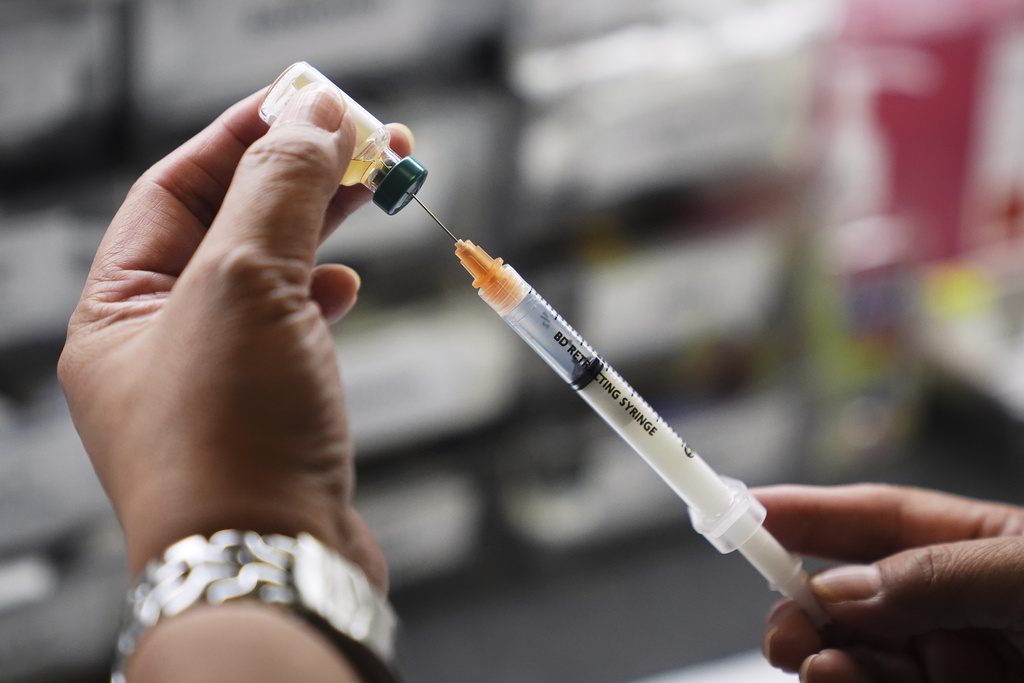The population of Davis rises by more than 35,000 at the start of each quarter at the University of California - Davis.
The local economy depends on the students. And COVID-19 closures could threaten that.
Enter Healthy Davis Together, a program that for the past year, has kept the residents and the UC Davis crowd in what many fondly call the Davis bubble.
"It's part of our new reality, you know, grocery shopping, running errands and going to get tested," Davis resident Susan Perez said.
The $80 million project includes testing for people with and without symptoms on a regular basis.
It's paid for by major donations, state and federal grants, and Cares Act funds — all so people like Perez can come a few times a week to sites like this one, take a PCR saliva test and get their results in a day.
"They isolate appropriately and don't spread the infection out to the broader community," Healthy Davis Together Chief operating officer Tod Stoltz said. "And the only way you're going to do that is with asymptomatic screening."
Newsy spoke with Stoltz, who's isolating after testing positive while symptom free.
LINDSEY THEIS: "I feel like people are going to watch this and wonder, 'How do you get all these tests?'"
TOD STOLTZ: "The PCR testing platform made us less vulnerable to supply chain disruptions. Because if one supply chain didn't work, we could switch to another one and use chemicals or vials from other suppliers."
That credit goes to UC Davis scientists, who still help analyze test samples at their genome center.
With Omicron, the labs have more to handle.
"The symptomatic and asymptomatic lines are starting to look about the same size," Healthy Davis Together supervisor Derek Catron said.
The frequent testing could be a model for the rest of the country.
Their case positivity rates are a sign of how much COVID is in a community is relatively low.
It's around 7%. Compare that to the national positivity rate, which is 27%.
Jane Adams took her twins Sam and Ellery to get tested.
"We got a notification that they were exposed Monday," she said. "So we're here today."
They're hoping its just an exposure notice, some spit and a PCR.
But just in case: "We'll test again on the weekend and then they test at school every Friday at school together with their class," Adams said.
It's a strategy that seems to be working. And most of all, for some, it's safety and peace of mind.











